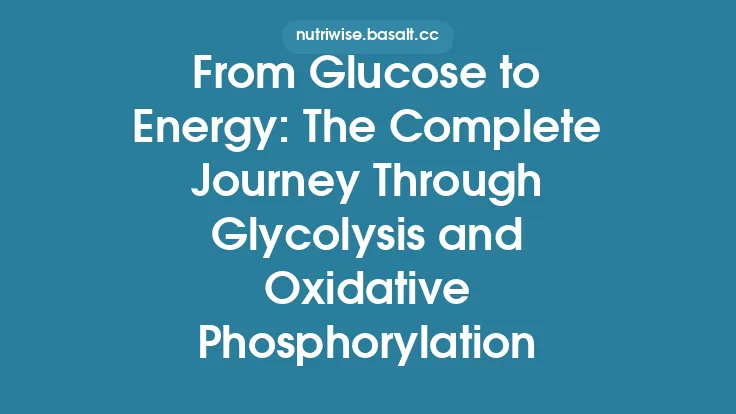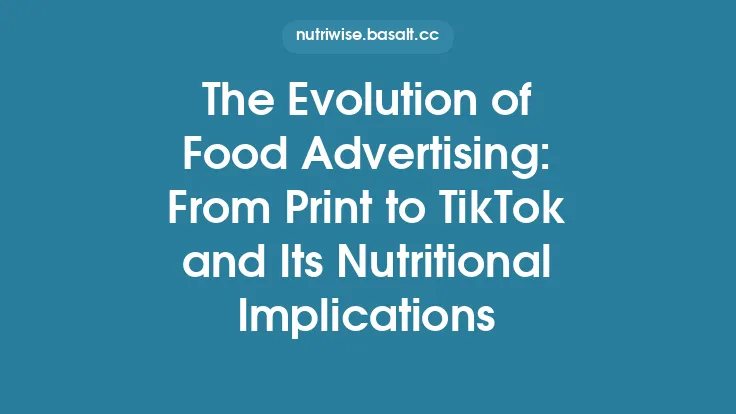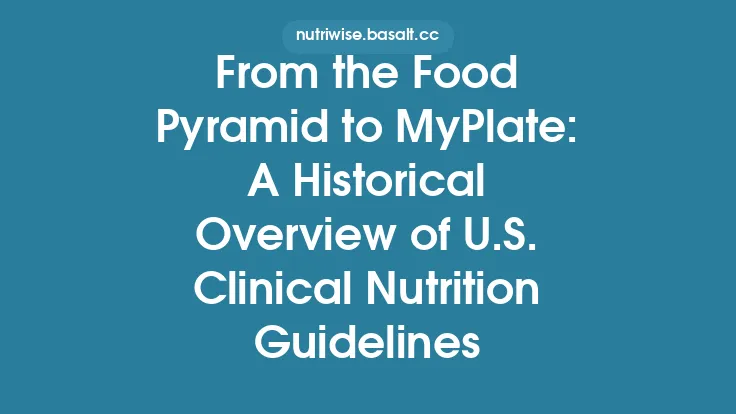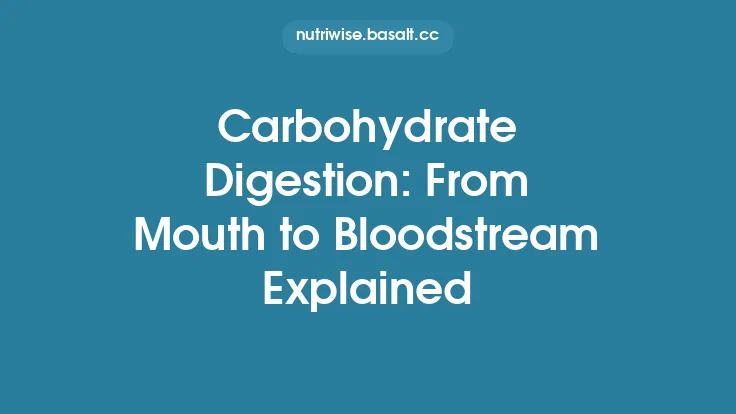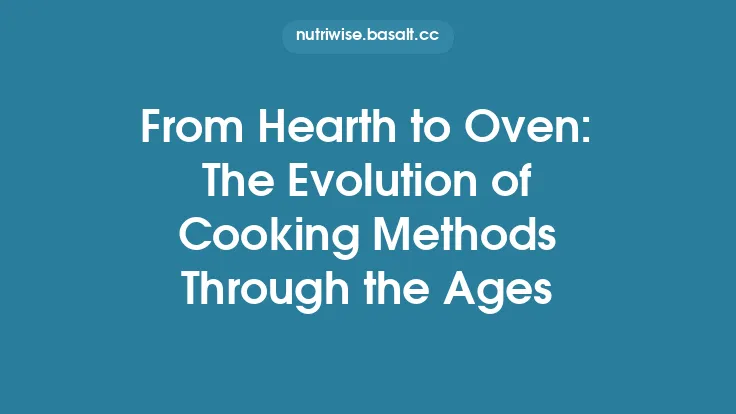The digestive tract is a continuous, highly coordinated tube that transforms the food we eat into the building blocks and energy required for life, and finally expels the indigestible remnants. From the moment a morsel touches the tongue to the moment the last trace of waste leaves the body, a cascade of mechanical actions, chemical reactions, hormonal signals, and microbial activities work in concert. Understanding this journey in detail reveals how each segment of the gastrointestinal (GI) system contributes to overall health, why certain nutrients are absorbed where they are, and how disruptions at any point can ripple through the entire organism.
The Oral Phase: Ingestion, Mastication, Saliva, and Bolus Formation
The mouth is the entry portal for all nutrients. Chewing (mastication) reduces food particle size, increasing surface area and mixing the bolus with saliva. Saliva, secreted by the parotid, submandibular, and sublingual glands, contains:
- α‑amylase (ptyalin) – initiates starch hydrolysis into maltose and dextrins.
- Lingual lipase – begins triglyceride breakdown, especially important in neonates.
- Mucins – glycoproteins that lubricate the bolus, facilitating smooth swallowing.
Taste buds provide sensory feedback that triggers cephalic-phase responses (see next section) and influences satiety signaling. The coordinated action of the tongue, cheeks, and palate shapes the chewed material into a cohesive bolus ready for propulsion.
Cephalic Phase: Neural and Hormonal Preparation
Even before food reaches the stomach, the brain anticipates its arrival. Visual, olfactory, and gustatory cues activate the parasympathetic nuclei of the dorsal vagal complex, which in turn stimulate:
- Vagal efferents that increase gastric secretions (acid, pepsinogen) and motility.
- Enteric reflex arcs that prime the lower GI tract for upcoming chyme.
Simultaneously, the hypothalamus modulates the release of gastrin‑releasing peptide (GRP) and acetylcholine, setting the stage for efficient digestion. This anticipatory response accounts for up to 30 % of total gastric acid output and primes pancreatic and biliary secretions via vagovagal pathways.
Gastric Phase: Mixing, Churning, and Enzyme Activation
Once the bolus passes the oropharynx, the stomach acts as a transient storage and mixing chamber. The fundus accommodates the incoming material, while the body performs vigorous peristaltic waves that blend food with gastric juice. Key processes include:
- Mechanical breakdown – rhythmic contractions reduce particle size and transform the bolus into a semi‑liquid chyme.
- Chemical digestion – pepsinogen, activated by the acidic environment, begins protein hydrolysis; intrinsic factor is secreted for later vitamin B₁₂ absorption.
Although the acidic milieu is a hallmark of gastric function, the focus here is on the kinetics of mixing and the timing of chyme delivery to the duodenum, which are crucial for synchronizing downstream enzymatic activity.
Pancreatic Contributions: Enzymes and Bicarbonate
The pancreas delivers a cocktail of digestive enzymes and a bicarbonate‑rich fluid that neutralizes gastric acid, creating an optimal pH (≈ 7–8) for intestinal enzymes. Major pancreatic secretions include:
| Enzyme | Primary Substrate | Product(s) |
|---|---|---|
| Amylase | Starch | Maltose, maltotriose, α‑limit dextrins |
| Lipase (with colipase) | Triglycerides | Free fatty acids, monoglycerides |
| Trypsinogen → Trypsin | Proteins | Peptides, amino acids |
| Chymotrypsinogen → Chymotrypsin | Proteins | Peptides |
| Carboxypeptidases | Peptides | Free amino acids |
| Nucleases | Nucleic acids | Nucleotides, nucleosides |
The bicarbonate component raises the luminal pH, protecting the intestinal mucosa and ensuring that brush‑border enzymes operate at peak efficiency. Pancreatic secretion is tightly regulated by secretin (stimulating bicarbonate release) and cholecystokinin (CCK) (stimulating enzyme release), both of which are released from enteroendocrine cells in response to luminal nutrients.
Hepatic and Biliary Roles: Bile Production and Emulsification
The liver continuously synthesizes bile, a complex fluid composed of bile acids, phospholipids (mainly phosphatidylcholine), cholesterol, bilirubin, and electrolytes. Bile is stored and concentrated in the gallbladder, then released into the duodenum in response to CCK.
Key functions of bile in digestion:
- Emulsification of lipids – bile salts reduce interfacial tension, breaking large fat globules into micelles that increase the surface area for pancreatic lipase action.
- Facilitation of fat‑soluble vitamin absorption – vitamins A, D, E, and K dissolve in micelles, enabling transport to the intestinal epithelium.
- Excretion of waste products – bilirubin and excess cholesterol are eliminated via the feces.
The enterohepatic circulation recycles ~ 95 % of bile acids, conserving the hepatic pool and maintaining a steady supply for ongoing digestion.
Hormonal Regulation Across the Tract
Beyond secretin and CCK, a suite of gut hormones orchestrates the digestive sequence:
- Gastrin – stimulates gastric acid and mucosal growth; also promotes pancreatic enzyme secretion.
- GIP (Glucose‑dependent insulinotropic peptide) – released from K‑cells in the duodenum; augments insulin release post‑prandially.
- Motilin – triggers migrating motor complexes during fasting, clearing residual debris.
- Peptide YY (PYY) – secreted from L‑cells in the ileum and colon; slows gastric emptying and promotes satiety.
These hormones act locally (paracrine) and systemically (endocrine), integrating nutrient status with energy balance, appetite control, and metabolic homeostasis.
The Small Intestinal Environment: Enzymatic Digestion and Nutrient Transport
While the structural segmentation of the small intestine is covered elsewhere, the functional landscape—particularly the biochemical milieu and transport mechanisms—deserves attention.
Enzymatic Landscape
- Brush‑border enzymes (e.g., lactase, sucrase‑isomaltase, maltase, aminopeptidases) finalize carbohydrate and protein digestion at the epithelial surface.
- Enterokinase (enteropeptidase) activates trypsinogen to trypsin, initiating the cascade of pancreatic proteases.
Transport Pathways
Nutrients cross the epithelium via distinct routes:
| Nutrient | Primary Transport Mechanism | Example Transporter |
|---|---|---|
| Glucose & Galactose | Sodium‑glucose linked transporter (SGLT1) – active uptake | SGLT1 |
| Fructose | Facilitated diffusion | GLUT5 |
| Amino acids | Sodium‑dependent cotransporters (e.g., B⁰AT1) | Various |
| Peptides | PEPT1 (H⁺‑coupled di‑/tripeptide transporter) | PEPT1 |
| Fatty acids & monoglycerides | Passive diffusion into enterocytes, then re‑esterification | FAT/CD36, FABP |
| Vitamins | Specific carriers (e.g., NPC1L1 for cholesterol, SR-BI for vitamin E) | Various |
Once inside enterocytes, chylomicrons package lipids for lymphatic transport, while water‑soluble nutrients enter the portal circulation bound to carrier proteins (e.g., albumin for amino acids). This division of routes underscores the importance of the intestinal barrier as a selective gateway.
The Role of the Gut Microbiota in the Colon
Beyond passive transit, the distal gut hosts a dense and diverse microbial ecosystem—10¹⁴–10¹⁵ organisms representing thousands of species. These microbes perform functions that the host genome cannot:
- Fermentation of indigestible carbohydrates (dietary fibers, resistant starch) into short‑chain fatty acids (SCFAs) such as acetate, propionate, and butyrate.
- Synthesis of vitamins (e.g., vitamin K₂, biotin, folate).
- Biotransformation of bile acids, influencing lipid metabolism and signaling pathways.
- Modulation of the immune system through interaction with pattern‑recognition receptors (TLRs, NOD‑like receptors) on epithelial and immune cells.
The composition of the microbiota is shaped by diet, antibiotics, genetics, and lifestyle, and in turn, it impacts host metabolism, inflammation, and even behavior via the gut‑brain axis.
Fermentation, Short‑Chain Fatty Acids, and Metabolic Implications
SCFAs are the primary energy source for colonocytes and have systemic effects:
- Butyrate fuels epithelial cells, promotes tight‑junction integrity, and exerts anti‑inflammatory actions via histone deacetylase inhibition.
- Propionate is largely taken up by the liver, where it serves as a substrate for gluconeogenesis.
- Acetate enters peripheral circulation and can be utilized by muscle and adipose tissue.
Beyond energy, SCFAs act as signaling molecules binding to G‑protein‑coupled receptors (FFAR2/3), influencing appetite regulation, insulin sensitivity, and lipid metabolism. Dysbiosis that reduces SCFA production is linked to obesity, type‑2 diabetes, and inflammatory bowel disease.
Water and Electrolyte Balance in the Distal Gut
As chyme progresses through the colon, the majority of water and electrolytes are reclaimed. This process is driven by:
- Active sodium absorption via Na⁺/H⁺ exchangers and Na⁺/K⁺‑ATPase pumps on the basolateral membrane.
- Passive water movement following osmotic gradients established by solute transport.
- Chloride and bicarbonate exchange that maintains electroneutrality and pH homeostasis.
The fine‑tuned balance ensures that feces attain a semi‑solid consistency suitable for storage while preventing dehydration and electrolyte disturbances.
Formation and Storage of Feces in the Rectum
The rectum serves as a temporary reservoir. As water is absorbed, the luminal contents become increasingly compact, forming fecal pellets. The rectal wall contains stretch receptors that monitor volume; when a critical threshold is reached, a defecation reflex is initiated, signaling the need for evacuation.
Defecation Reflex and Anorectal Coordination
Defecation involves a coordinated sequence:
- Rectal distension activates afferent pathways to the spinal cord and higher brain centers.
- Parasympathetic outflow (via the pelvic splanchnic nerves) induces relaxation of the internal anal sphincter and promotes peristaltic contractions of the rectum.
- Voluntary control through the pudendal nerve allows conscious relaxation of the external anal sphincter, permitting stool passage.
The interplay between involuntary and voluntary components ensures that elimination occurs at socially appropriate times while maintaining continence.
Integration with Other Body Systems: Immune, Endocrine, and Metabolic Links
The digestive tract is not an isolated tube; it is a hub of systemic interaction:
- Immune system – Gut‑associated lymphoid tissue (GALT) houses a large proportion of the body’s immune cells, providing surveillance against pathogens while tolerating commensal microbes and dietary antigens.
- Endocrine system – Hormones released from enteroendocrine cells (e.g., GLP‑1, GIP) influence pancreatic insulin secretion, hepatic glucose production, and satiety centers in the hypothalamus.
- Metabolic regulation – Nutrient-derived signals (e.g., SCFAs, amino acids) modulate hepatic lipid synthesis, muscle glucose uptake, and adipose tissue lipolysis, linking digestion directly to whole‑body energy balance.
Disruption in any of these cross‑talk pathways can manifest as metabolic syndrome, chronic inflammation, or malabsorption syndromes.
Clinical Relevance and Common Disruptions
Understanding the normal journey of food highlights where pathology can arise:
| Disruption | Primary Site | Typical Consequence |
|---|---|---|
| Dysbiosis | Colon (microbial community) | Reduced SCFA production, increased intestinal permeability, inflammation |
| Exocrine pancreatic insufficiency | Pancreas | Malabsorption of fats and proteins, steatorrhea |
| Bile acid malabsorption | Ileum (reabsorption) | Diarrhea, fat‑soluble vitamin deficiency |
| Motility disorders (e.g., gastroparesis, chronic constipation) | Stomach or colon | Delayed gastric emptying or prolonged transit, leading to nutrient deficiencies or discomfort |
| Irritable bowel syndrome (IBS) | Functional dysregulation of gut–brain axis | Abdominal pain, altered bowel habits without structural lesions |
Early recognition of these patterns, combined with targeted dietary, pharmacologic, or microbial interventions, can restore the smooth passage of nutrients and waste.
Concluding Perspective
The passage of food from mouth to anus is a marvel of biological engineering. Mechanical forces break down the physical structure of what we eat; a cascade of enzymes and secretions chemically dismantles macromolecules; a sophisticated hormonal network synchronizes each step; and a thriving microbial community extracts additional energy while safeguarding health. The resulting nutrients are absorbed, distributed, and utilized, while the indigestible remnants are transformed into feces and expelled with precision.
By appreciating the intricate choreography of this journey—beyond the anatomy of individual organs—we gain insight into how diet, lifestyle, and disease intersect with the very core of human physiology. This holistic view empowers both scientists and clinicians to devise strategies that support optimal digestion, nutrient utilization, and overall well‑being.
